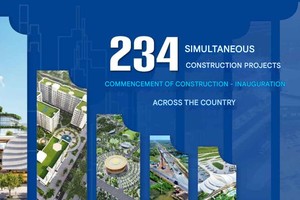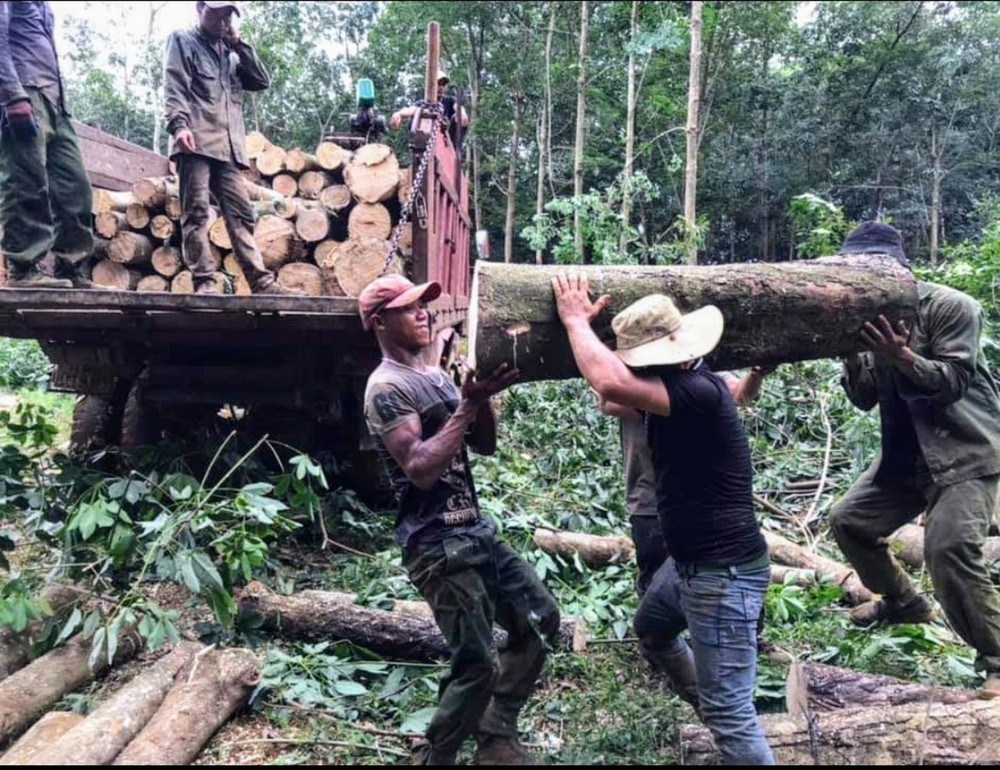
Local authorities advise and emphasize that rubber trees continue to be the primary crop for the region.
Ea Bar Commune (Song Hinh District) boasts the largest rubber tree area in Phu Yen Province, covering 1,687 hectares. The area is also recognized for its potential and advantages in durian cultivation. In recent years, many residents of this mountainous commune have become prosperous thanks to durian farming, while rubber prices have been consistently unstable. This instability has led many residents to replace the once-dubbed "white gold" rubber trees with durian trees.
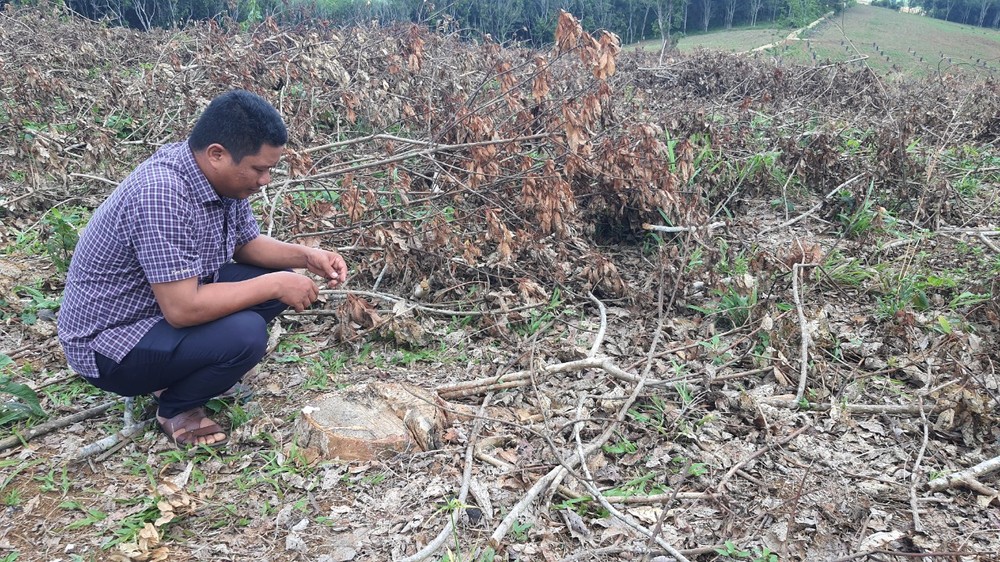
According to statistics from the Ea Bar Commune People's Committee, over the past three months, more than 200 hectares of rubber trees have been cleared. Hoang Anh Tuan, a rubber tree buyer from Eamkeng Hamlet, stated, "We purchase rubber trees for sale in markets in Binh Duong and Dong Nai provinces. Depending on the age of the rubber trees, the liquidation value ranges from VND60 million to VND220 million per hectare. However, many people are still following the trend of clearing rubber trees to plant durian trees."
Notably, the Song Hinh District People's Committee still considers rubber trees the main crop to help residents improve their livelihoods and develop local economy. They have also set a target for Ea Bar Commune to expand the rubber tree area by nearly 400 hectares in 2024. However, given the large-scale clearing of rubber trees, it is clear that this goal cannot be achieved.
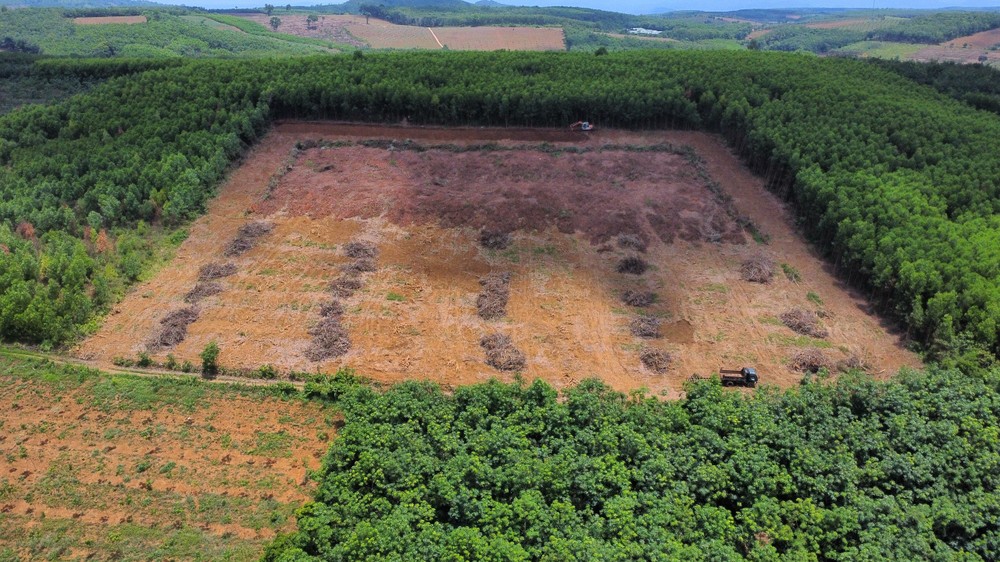
"Although latex prices are not high, rubber trees still provide benefits to the residents of Ea Bar Commune. Recently, residents have wanted to switch to durian cultivation and liquidate older, less productive rubber trees to replace them with higher-value crops. We are aware of this, but we primarily focus on gathering information and advising residents on choosing appropriate crops. We do not have a plan to prevent residents from making these changes, as it is their right to choose," said Mr. Hoang Duc Kien, Chairman of the Ea Bar Commune People's Committee.
In Song Hinh District, there are currently three rubber latex purchasing and processing facilities, namely Phuc Dang Gia Company, Viet Hung Rubber Company, and the Cao Phu purchasing facility. These establishments purchase and process the entire rubber latex output in Song Hinh District. However, due to the recent mass clearing of rubber trees, these facilities have faced difficulties in their production and business activities.
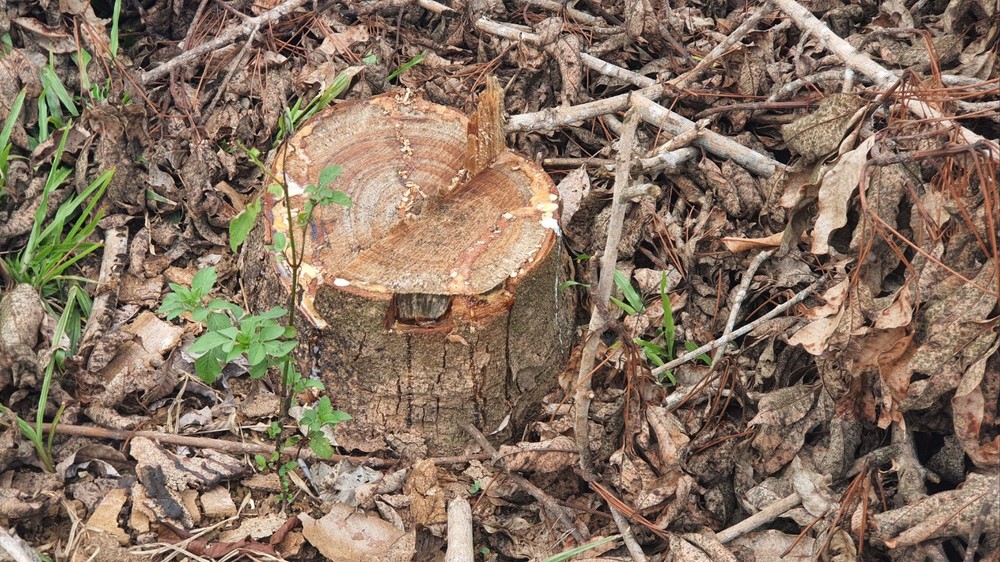
Ms. Nguyen Thi Cam Nhung, Director of Phuc Dang Gia Company, stated, "Since the beginning of 2024, we have only been able to collect 16 tons of liquid latex per day, and the factory is operating at only 25 percent capacity. To maintain operations, we have had to purchase latex from neighboring provinces such as Gia Lai and Dak Lak, incurring additional transportation costs, which reduces our operational efficiency. This situation was not part of our original plan when we decided to invest in Phu Yen. Back in 2012, Phu Yen Province had a planned rubber tree cultivation area of 12,000 hectares in the two districts of Song Hinh and Son Hoa. Given the current decline in rubber tree acreage, our business operations have become extremely challenging."
"We hope that the local authorities will implement robust measures to preserve the material growing area, support efficient business operations, and reduce risks for the residents in the coming time," Nhung added.
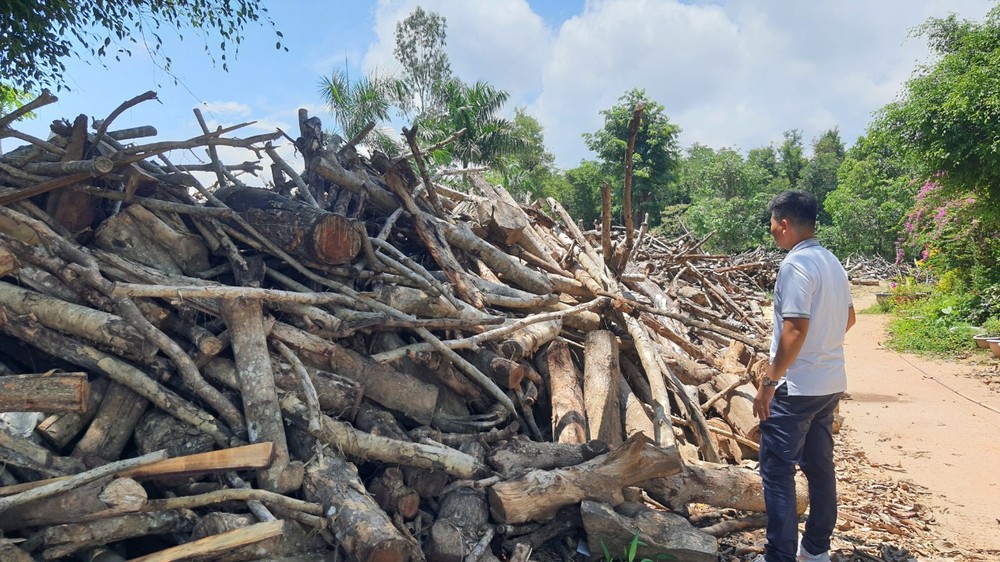
Mr. Dinh Ngoc Dan, Chairman of the Song Hinh District People's Committee, affirmed, "Song Hinh District still regards rubber as the primary crop. By 2030, the entire district aims to achieve a total area of 4,500 hectares dedicated to rubber cultivation. In some areas, people still plant new rubber trees, which remain crucial for poverty alleviation in our locality. However, we have noted a significant increase in rubber tree liquidations recently due to low latex prices, with many households shifting towards planting durian trees for their higher economic value. We advise residents against hastily liquidating their rubber trees and will guide districts with rubber plantations to provide direction to residents in the coming time."
